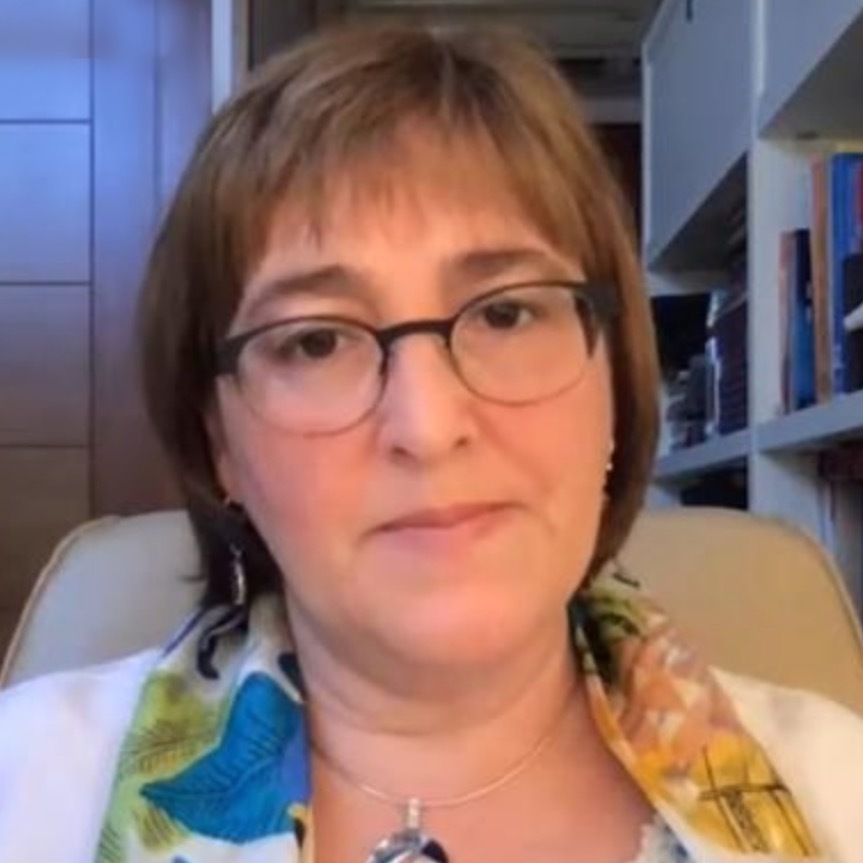Preprint
Review
Cell Therapy Replacement for Retinal and Optic Nerve Diseases: Cell Sources, Clinical Trials and Challenges
Altmetrics
Downloads
357
Views
326
Comments
0
A peer-reviewed article of this preprint also exists.
This version is not peer-reviewed
Submitted:
08 May 2021
Posted:
10 May 2021
You are already at the latest version
Alerts
Abstract
The aim of this review was to provide an update on the potential of cell therapies to restore or replace damaged and/or lost cells in retinal degenerative and optic nerve diseases, describing the available cell sources and the challenges involved in such treatments when these techniques are applied in real clinical practice. Sources include human fetal retinal stem cells, allogenic cadaveric human cells, adult hippocampal neural stem cells, human CNS stem cells, ciliary pigmented epithelial cells, limbal stem cells, retinal progenitor cells (RPCs), human pluripotent stem cells (PSCs) (including both human embryonic stem cells (ESCs) and human induced pluripotent stem cells (iPSCs)) and mesenchymal stem cells (MSCs). Of these, RPCs, PSCs and MSCs have already entered early-stage clinical trials since they can all differentiate into RPE, photoreceptors or ganglion cells, and have demonstrated safety, while showing some indicators of efficacy. Stem/progenitor cell therapies for retinal diseases still have some drawbacks, such as the inhibition of proliferation and/or differentiation in vitro (with the exception of RPE) and the limited long-term survival and functioning of grafts in vivo. Some other issues remain to be solved concerning the clinical translation of cell-based therapy, including (1) the ability to enrich for specific retinal subtypes; (2) cell survival; (3) cell delivery, which may need to incorporate a scaffold to induce correct cell polarization, which increases the size of the retinotomy in surgery and, therefore, the chance of severe complications; (4) the need to induce retinal detachment to perform the subretinal placement of the transplanted cell; and (5) the evaluation of the risk of tumor formation caused by the undifferentiated stem cells and prolific progenitor cells. Despite these challenges, stem/progenitor cells represent the most promising strategy for retinal and optic nerve disease treatment in the near future, and therapeutics assisted by gene techniques, neuroprotective compounds and artificial devices can be applied to fulfil clinical needs.
Keywords:
Subject: Medicine and Pharmacology - Immunology and Allergy
Copyright: This open access article is published under a Creative Commons CC BY 4.0 license, which permit the free download, distribution, and reuse, provided that the author and preprint are cited in any reuse.
MDPI Initiatives
Important Links
© 2024 MDPI (Basel, Switzerland) unless otherwise stated






